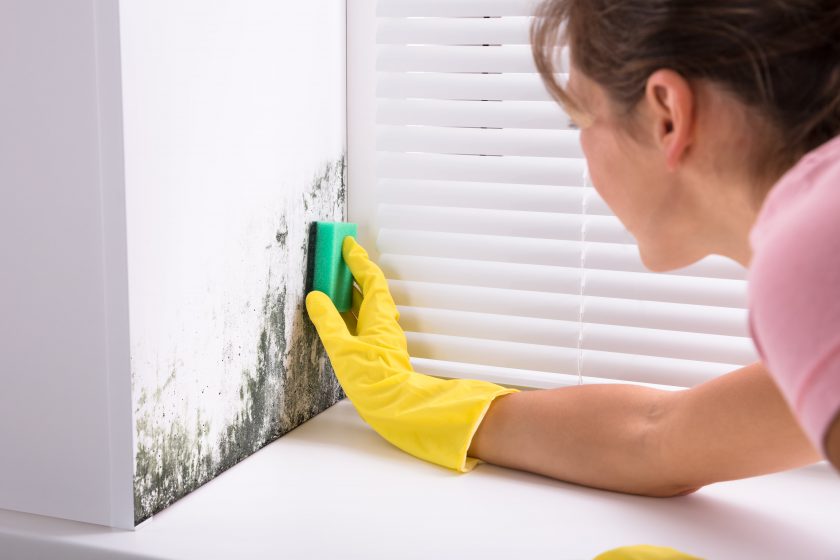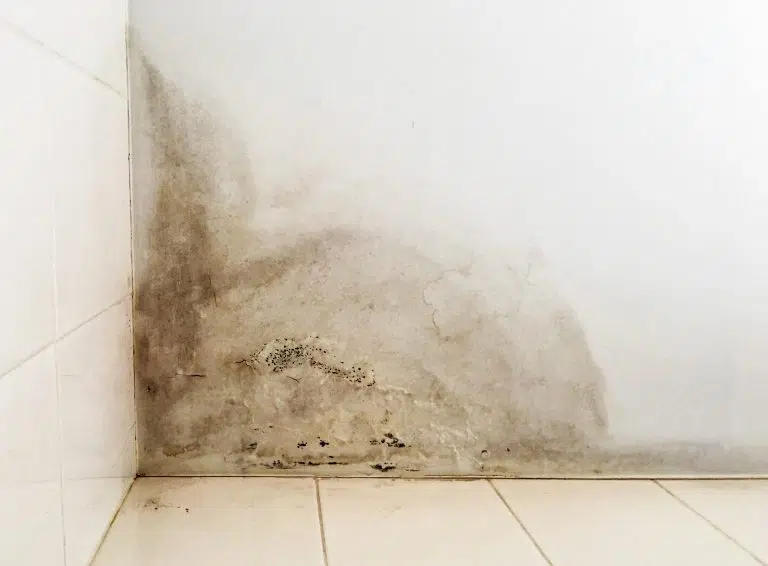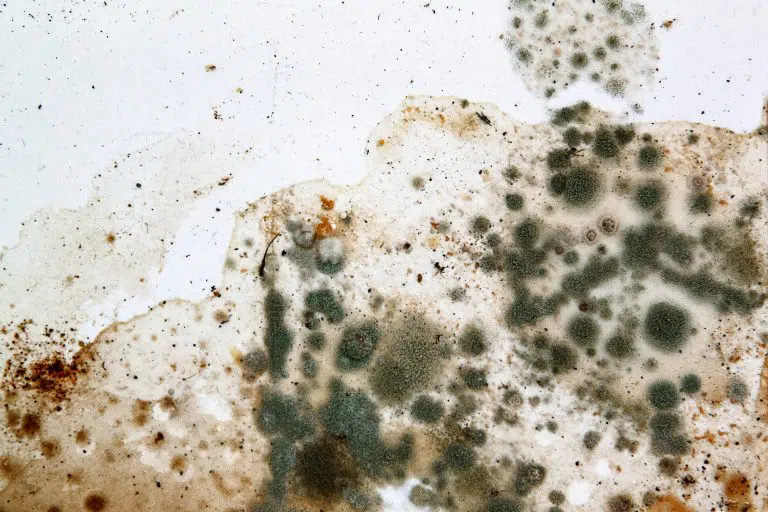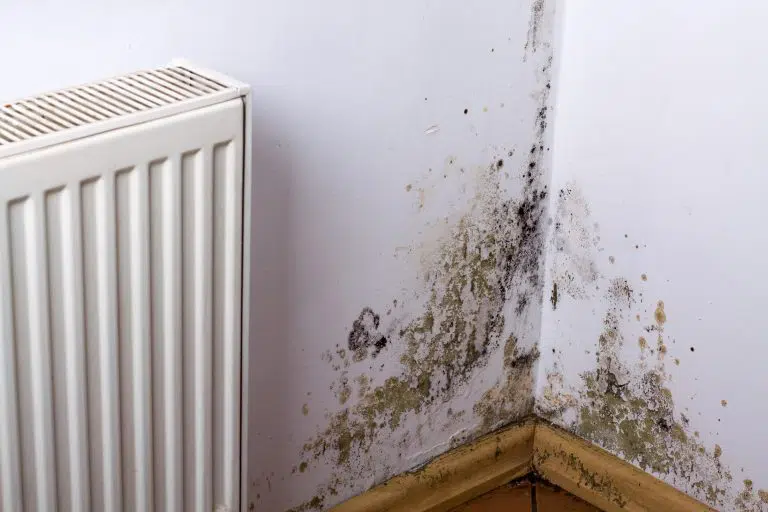
How to know if you have mould growing in your home
Have you ever felt exhausted, sleep deprived, and just all around sick but can’t work out why? You could be experiencing symptoms of toxic mould illness. Unfortunately, it’s common for more Australians than you might think. We spend an average of 16 hours a day at home – and likely even more due to the pandemic.
Over seven million Australians are recorded to have allergies, which are often triggered when people spend more time at home with unchecked irritants like mould and dust mites. It goes without saying that mould is a huge issue here in Australia and awareness in the local communities about its detrimental health effects should really be raised.
How does mould affect health
Generally, exposure to damp and mouldy environments may have various health effects. Some people are more sensitive to mould than others, mainly those with pre-existing respiratory conditions like asthma.
Here are some of the common symptoms that are may be caused by mould illness you might want to watch out for:
- Runny nose
- Sinusitis
- Persistent Fatigue
- Brain Fog
- Loss of focus and motivation
- Mood changes
- Sleep disturbances
- Sore throat
- Wheezing
- Joint Pain
- Body pain
- Diarrhoea
The symptoms are so varied that mould illness might not be the first thought that people would associate it with. However, seeking medical advice from your doctor and checking your house mould every so often would be best to keep you and your family safe.
Mould warning signs
Some types of mould may be easy to spot, but others may be behind the walls or otherwise hidden, and some are actually not visible to the eye. If you’re worried that mould might be building up in your home, here are some of the warning signs you should be looking out for:
- The air conditioning has a funny smell
- Wallpaper or paint on the walls are peeling
- You’re constantly feeling sick when at home
- Dark of coloured spots on your walls

Visible mould
Mould can be visible and they often appear to ffffffffrrrrrrrr. It can also look more like a fuzz substance, or as simple as a smudge or discolouration on the affected area. Some appear in clusters of black, dark green, grey, brown, or may appear thread-like and white.

Musty odours
If a part of your home smells musty, similar to when you open an old book, no matter how much you clean, it could be a sign that unwanted mould is somewhere in your home. The odour is one thing but the mould causes headaches, nasal issues, dizziness or throat irritations.
Humidity and plumbing problems
Indoor humidity problems, water damage, condensation, and flooding in your homes creates the perfect breeding ground for mould to grow. Plumbing problems such as leakages can also cause for mould to fester and fixing these would prevent further damages that would need complex solutions in the future.
How common is mould in buildings and homes
Mould typically grows in places with a lot of moisture, but also in paper products, cardboard, wood products, dust, paints, insulation, drywall, fabric and upholstery. Mould is not only found indoors, but outdoors as well. Mould in the air can enter your home through open doorways, vents, and air conditioning systems. It can also attach itself to your clothes and pets as well.
Sometimes the cause of the mould growth may be due to a property or building fault that may not be easily remedied. There is also a high risk of a mould infestation during a new project if precautions are not taken before or during construction.

Actions you can take to reduce mould
If the mould is clearly visible, cleaning and removing it as soon as possible is super important since it can damage the surfaces it grows on. Ensuring each room has proper ventilation, including exhaust fans or open windows will go a long way to preventing moisture buildup. Also regularly clean your home including wiping up any moisture prone areas such as bathrooms, kitchen sinks, laundries and other rooms that tend to get warm. However, if you suspect mould growth but cannot find the source of the problem, it’s best to call professional services that deal with these issues.
With Lofty, you don’t have to worry with your new builds and deal with mould infestations during construction and in the future. We offer a three-month free maintenance period as well as a 25-year structural guarantee. Our team at Lofty takes pride in building fast, custom, affordable homes along with high quality materials and service. Get in touch HERE.





